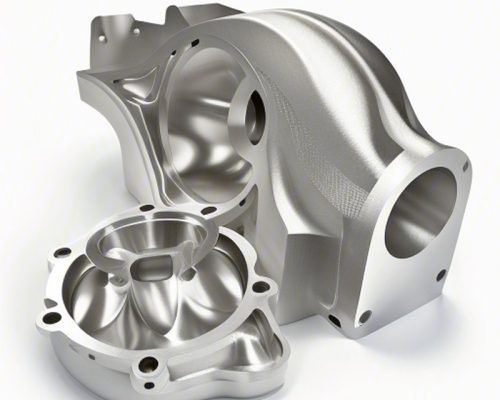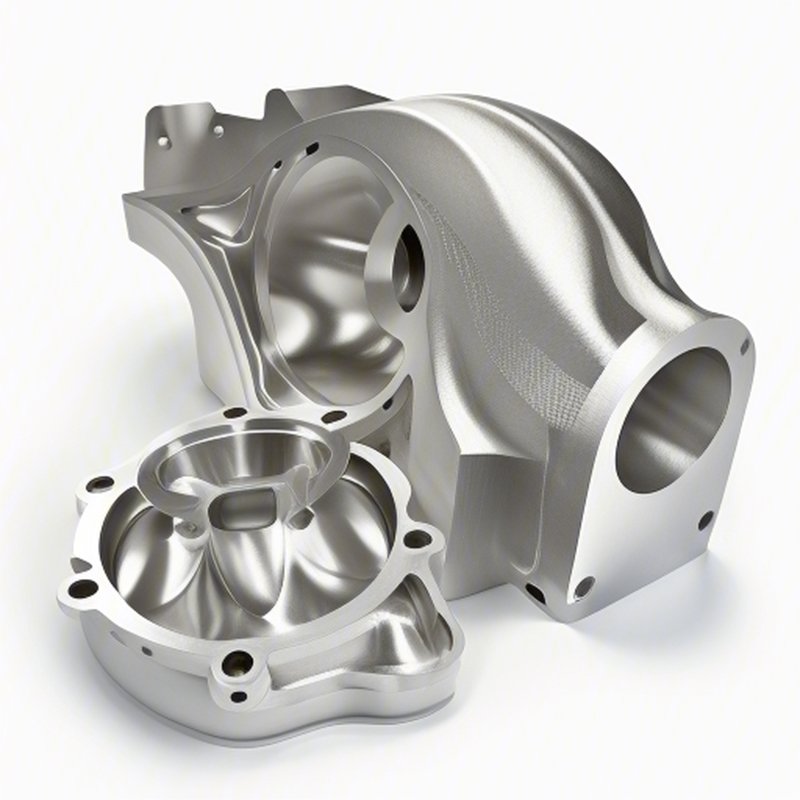CNC (Computer Numerical Control) machining has revolutionized the manufacturing industry, enabling the production of highly accurate and complex parts. Among the various processes within CNC machining, precision CNC turning stands out for its ability to create cylindrical parts with exceptional accuracy and detail. In this article, we will explore the benefits of utilizing precision CNC turning parts in manufacturing processes, focusing on their applications, advantages, and how they can enhance efficiency and quality in production.
Understanding CNC Turning
What is CNC Turning?
CNC turning is a manufacturing process where a rotating workpiece is machined against a fixed tool to create a desired shape. This technique is widely used to produce components such as shafts, sleeves, and other cylindrical parts with precise dimensions. The use of CNC technology allows for automated, efficient, and repeatable processes, reducing human error and increasing consistency.
How Does Precision CNC Turning Work?
In precision CNC turning, a machine called a lathe is employed. The process involves the following key steps:
Advantages of Precision CNC Turning Parts
One of the most significant benefits of using precision CNC turning parts is the level of accuracy that can be achieved. CNC machines can produce parts with tolerances as tight as ±0.001 inches or even tighter, depending on the material and specifications. This high precision is essential in industries where even minor deviations can lead to catastrophic failures, such as aerospace and automotive.
CNC turning reduces the time it takes to complete manufacturing runs. Unlike manual machining, CNC machines can operate continuously without significant downtime. Once a program is set, the machine can produce hundreds or thousands of identical parts in quick succession, thus improving the overall productivity of the manufacturing process.
Precision CNC turning is compatible with a wide range of materials, including metals like stainless steel, aluminum, and brass, as well as plastics. This versatility allows manufacturers to select the best material for their specific applications, ensuring optimal performance and durability of the final product.
With CNC turning, manufacturers can create intricate designs that would be impossible or extremely difficult to achieve with traditional machining methods. Multi-axis lathes can accommodate complex shapes and diverse features, enabling engineers to innovate and create customized solutions tailored to their clients’ needs.
CNC machining, including turning, is inherently efficient in material usage. Computer programming minimizes waste by ensuring that the cutting tools work precisely and only where necessary. This increased material efficiency translates into cost savings for manufacturers, allowing them to pass on lower prices to their customers.
The automated nature of CNC turning allows for higher standards of quality control throughout the manufacturing process. Advanced monitoring systems can detect issues early, ensuring that any defects are addressed before they result in waste or rework. This capability is crucial for maintaining uninterrupted production schedules and meeting stringent quality requirements.
Applications of Precision CNC Turning Parts
Precision CNC turning parts find applications across various industries, thanks to their adaptability and reliability.
Aerospace Industry
The aerospace sector demands extreme precision and reliability. Aerospace components such as turbine housings, gear shafts, and brackets benefit from CNC turning due to their complex geometries and the high tolerances required for safety and performance.
Medical Devices
In the medical field, precision is paramount. CNC turning is employed to manufacture components such as surgical instruments, implantable devices, and housings for electronic medical equipment. These parts require both precision and material integrity to ensure safety for patients.
Automotive Components
CNC turning is widely used in the automotive industry to produce parts like steering columns, crankshafts, and other critical components. The durability and accuracy of CNC-turned parts contribute significantly to the performance and longevity of automotive vehicles.
Conclusion
In conclusion, precision CNC turning offers numerous advantages for manufacturers aiming for quality, efficiency, and innovation in their production processes. The technology is not only enhancing the capabilities of manufacturers across various industries, but it also fosters a culture of quality and precision that will define the future of manufacturing.
By leveraging the strengths of precision CNC turning, businesses can optimize their operations, reduce costs, and deliver superior products to their customers. If you’re looking to enhance your manufacturing capabilities, consider investing in precision CNC turning parts to stay ahead of the competition and meet your clients’ needs effectively.
—


